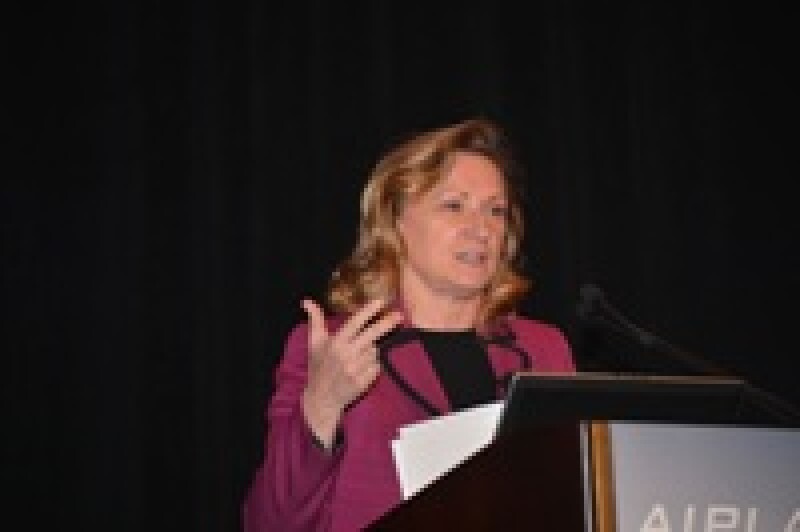
“While perfect harmonisation is not achievable, we are going to keep chipping away little by little,” said Rea. “We are trying to gain efficiencies for businesses so that people will file more patent applications with us - and that’s our end-game goal.”
Rea was addressing attendees at AIPLA’s Mid-Winter Institute conference in Tampa on Saturday. Quoting leaders from the 2011 USPTO-hosted Asia-Pacific Cooperation in the 21st Century Forum, she said: “The time for substantive harmonisation is now.”
In an effort to improve patent examination standards around the world, the USPTO has introduced what Rae described as a “train the trainers” programme. Under the scheme, senior examiners from the USPTO coach examiners from developing nations, who then pass on the knowledge they have gained to colleagues in their home countries.
Rea said the USPTO is also working with economists to quantify the financial benefits of a strong IP system to a country’s economy.
She told attendees that, subject to budgetary approval, the Office hopes to hire an additional 1,000 patent examiners this year, which will help to decrease the backlog of applications. The backlog was reduced by 20% under Kappos, despite an average increase in patent applications of 5% per year.
Rea described Kappos as a “true visionary” who made “dramatic changes” to the patent office.
“He made the USPTO a model for the 21st Century – an efficient and customer-friendly organisation,” she said.








